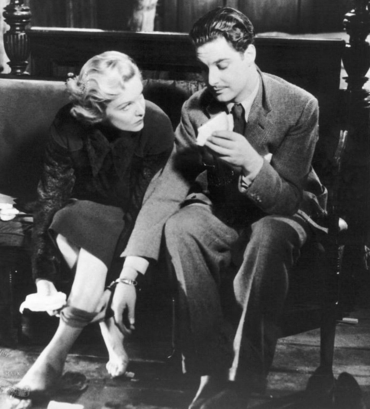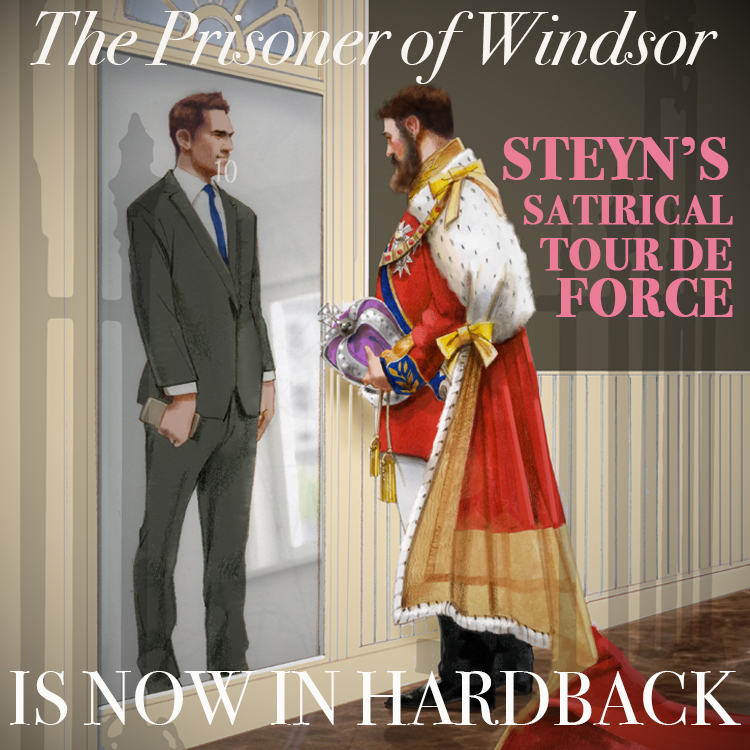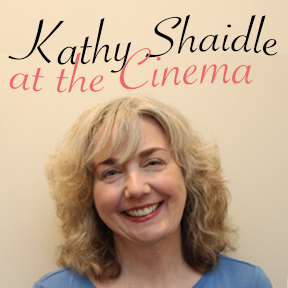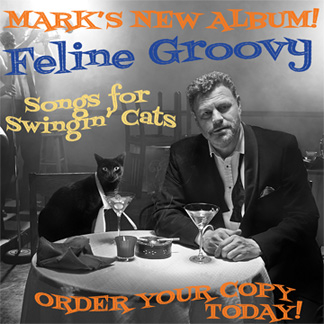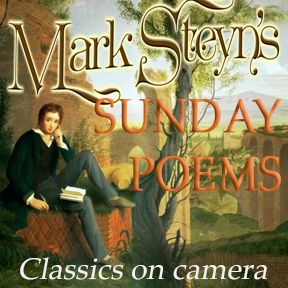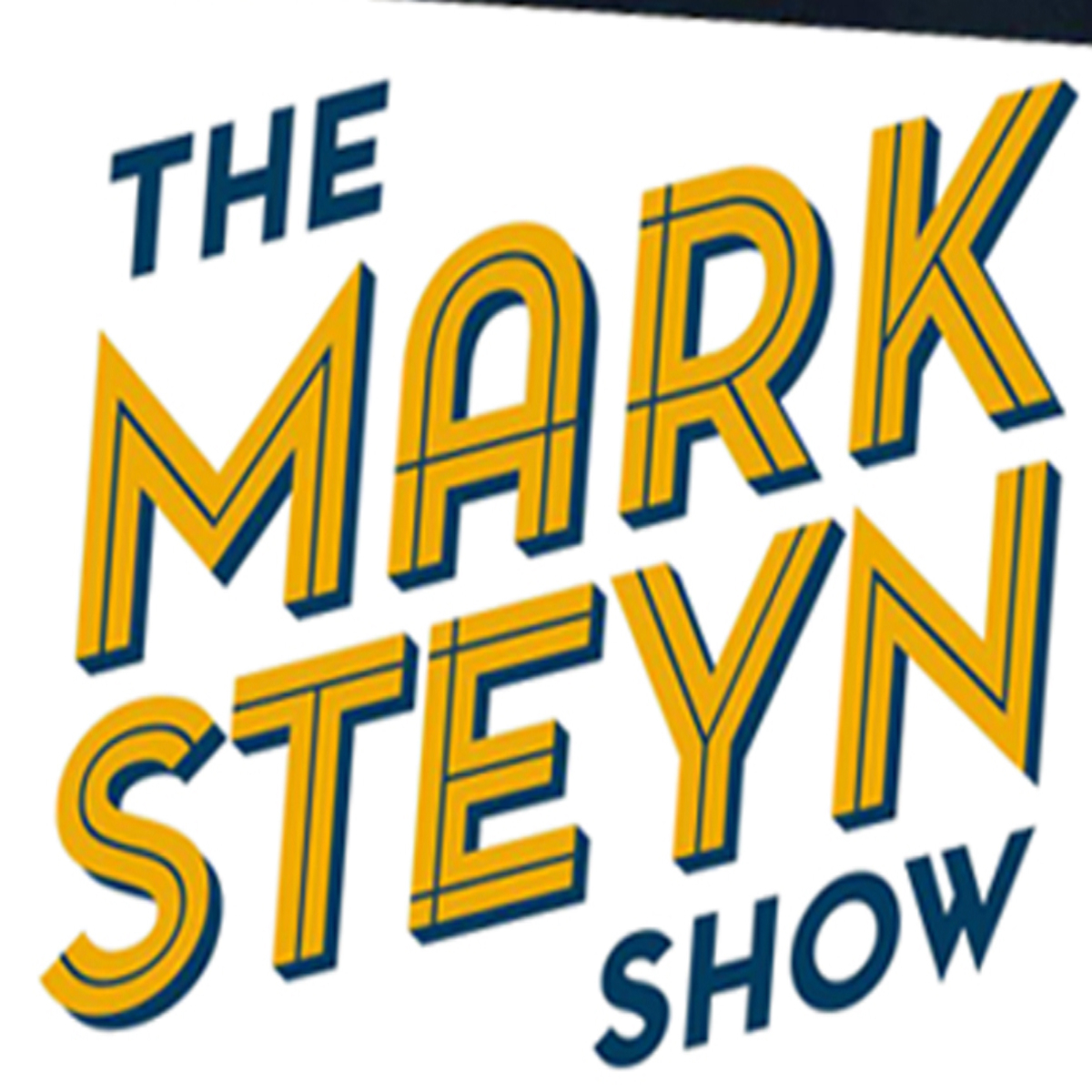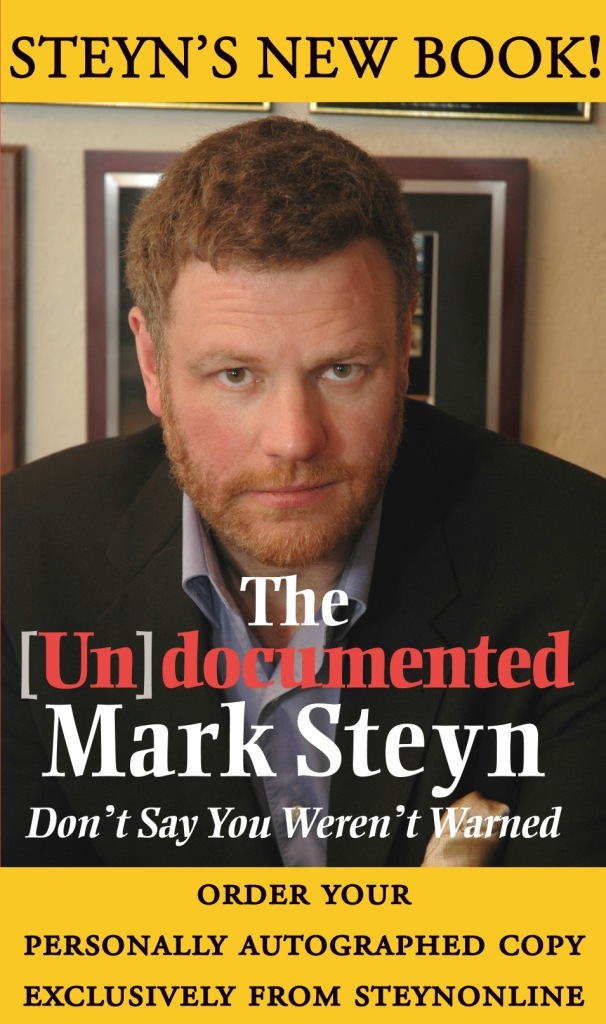Later this evening, we'll be airing Episode Two of our latest nightly audio adventure, The Thirty-Nine Steps by John Buchan. Usually when we present our radio serializations - The Time Machine, for example, or The Prisoner of Zenda - we don't usually feature the movie adaptations thereof in our Saturday picture date, for the very obvious reason that it gives away too much of the plot. But Alfred Hitchcock's 1935 version of The Thirty-Nine Steps departs so much from the Buchan original that I felt the only risk was of misdirection.
As I wrote yesterday, Buchan's tale is the first real man-on-the-run thriller, something that has since proved a staple not just of novels but of cinema, too. "It's not much of an exaggeration," said Robert Towne, screenwriter of Chinatown and Mission: Impossible, "to say that all contemporary escapist entertainment begins with The Thirty-Nine Steps." The précis of Buchan's scenario could not be more familiar: A chap's leading a perfectly respectable if somewhat dull life when something happens and he has to hightail it outta the respectable world and into the rougher fringes of life. But when it happened to Richard Hannay one night in his London flat it was new and different and arresting.
What Hitchcock mainly adds is women, of which Buchan's spy caper has a marked lack. I once discussed the absence of the fairer sex in Buchan's oeuvre with his son, the second Lord Tweedsmuir, and he remarked that it never occurred to his pop, who was more or less inventing a genre, that sex was necessary - as it would come to be in the hands of Ian Fleming and all who followed. Hitchcock being Hitchcock, he spotted the omission, and added not only "the girl", who dislikes the hero but whose fate is literally tied to his, but also a secondary girl, who contrives to expire in the hero's bedroom, and even a third, who manages a palpable erotic frisson even in a humble croft in the wilds of Scotland. So Hitchcock's Thirty-Nine Steps (1935) isn't much to do with Buchan, and yet it's closer in spirit than either the 1960 Kenneth More remake — a masterclass in how to make a thrill-free thriller — or the 1978 Robert Powell version, which restores Richard Hannay to his original First World War setting but junks absolutely everything else.
Buchan is the only Spectator man to become Governor General of Canada (I have a desultory ambition to be the second) and Hitchcock's film appeared more or less when he was setting sail for Ottawa. By 1935, Buchan's metamorphosis into the viceregal Lord Tweedsmuir was almost complete: the "shockers" — the ripping yarns — were behind him; after 21 years, Richard Hannay, the archetypal clubland hero, had formally handed over to the younger generation in The Island of Sheep; in the last years of his life Buchan would write essays, memoirs, a history of the reign of George V, and bequeath Canada the Governor General's Literary Awards, for which Margaret Atwood, Mordecai Richler, Robertson Davies et al should be properly grateful. In a sense, Hitchcock's film marks the moment that comes to every great fictional character, when he slips free of his creator and has to survive on his own. In a tip of the hat to the new role of a writer he loved, the director made Richard Hannay not South African but a Canadian, visiting London for a few months. Hitch had a surer sense than almost any other film-maker of the eseence of a story, and the result is, according to Orson Welles, a "masterpiece", and, according to the British Film Institute, the fourth best British film of all time.
Buchan and Hitchcock are, of course, as opposite as opposites can be. The former finished the First World War as Director of Intelligence and, as a bona fide spymaster, he took the plot elements more seriously. He was writing, after all, in the run-up to August 1914, when Britain was rife with rumors of secret German invasion plans. For Hitchcock, by contrast, adapting the book twenty years later, the "Top Secret" stuff was a mere pretext — "a lot of gibberish, which was supposed to be some kind of formula about something", as he put it. In other words, The Thirty-Nine Steps is Hitch's first use of the MacGuffin — something for the character to worry about so that the audience can worry about him. In North by Northwest, Hitchcock's Hollywood hommage to himself in his Thirty-Nine Steps mode, the MacGuffin is distilled to its essence: Cary Grant asks, "What's this man up to?"; Leo Carroll replies, "Well, let's say he's an importer and exporter." "What of?" "Government secrets."
And that's all we ever know. So here, while Buchan goes to great lengths to concoct plausible reasons to get Hannay out of Portland Place and up to Scotland, Hitch can barely be bothered: a "Miss Smith" expires in the hero's apartments, her hand obligingly clasped round a map of the Scottish countryside. (In fairness, he and his adaptors spot a very small blemish in Buchan's plot, and their substitution improves it.)
Yet, in one respect, novelist and film maker aren't so very different. Buchan's Thirty-Nine Steps is what we'd now call very filmic, not just because of the vividness of the images — Hannay, the fate of nations resting on his shoulders, running for his life across the moors, as a monoplane buzzes overhead and his pursuers fan out behind him — but also because of the book's episodic structure. "The rapidity of the switches," said Hitchcock of the story. "That's the great thing about it." And that's what he kept (and kept using again and again, as with the crop-duster in North by Northwest). So Robert Donat, as Richard Hannay, leaps out of the police station window and straight into a Salvation Army band. He ducks out again, and through another door. "Thank God you've come, Mr Whatever," they say, and put him on the stage. A woman and two men show up, and take him in a car to the police station. But they're not police, they're spies...
And so on. Hitchcock is endlessly resourceful in coming up with these set-pieces, even in the middle of nowhere: Britcom fans should watch for a young John Laurie (the dour "doooooomed" Private Frazer of "Dad's Army) as the jealous crofter anxious to keep Hannay away from his wee wifey. It's a terrific performance and an extraordinarily detailed character for just one peripheral scene.
But holding the film together are its principals, Robert Donat as Hannay, Madeleine Carroll as 'the girl'. They make a glamorous, sophisticated couple, unusually so given that Donat was born in Manchester and Miss Carroll in West Bromwich. Indeed, the latter has the distinction of being Hitchcock's very first icy-cool blonde. Donat is practically forgotten now: he made a mere nineteen movies in 25 years and then died from asthma. But he had a gift that very few actors have, a way of drawing you in almost unobtrusively: he was a man who made an art of modesty. Hitchcock in Hollywood tried to find others in the Donat mould — Robert Cummings — but never quite succeeded. From the opening scene in Portland Place, his Hannay sets the cinematic standard. And, for sheer erotic crackle, the half of the picture where Donat and the implacably hostile Miss Carroll are handcuffed together is hard to beat. The scene where they're lying on the bed has a particular sexual charge: she sweetly drapes a blanket over him, but after a few minutes she's shivering and grabs it back for herself. Hitchcock would recycle all these tricks in Hollywood, but The Thirty-Nine Steps still stands up: the best of his British films.
~Part Two of Mark's audio serialization of The Thirty-Nine Steps is coming up at SteynOnline in a couple of hours. We hope you'll join us.
If you disagree with Steyn's movie columns and you're a member of The Mark Steyn Club, then feel free to hunt him down like RIchard Hannay in the comments. Do please be respectful to fellow commenters, and stay handcuffed on topic like Madeleine Carroll to Robert Donat. Club membership isn't for everybody, but it helps keep all our content out there for everybody, in print, audio, video, on everything from civilizational collapse to our Saturday movie dates. And we're proud to say that this site now offers more free content than ever before.
What is The Mark Steyn Club? Well, it's a discussion group of lively people on the great questions of our time, the latest of which is coming up this Tuesday. It's also an Audio Book of the Month Club, and a video poetry circle, and a live music club. We don't (yet) have a clubhouse, but we do have a newsletter and other benefits. And, if you've got some kith or kin who might like the sound of all that and more, we do have a special Gift Membership that includes your choice of a personally autographed book or CD from Mark. More details here.


